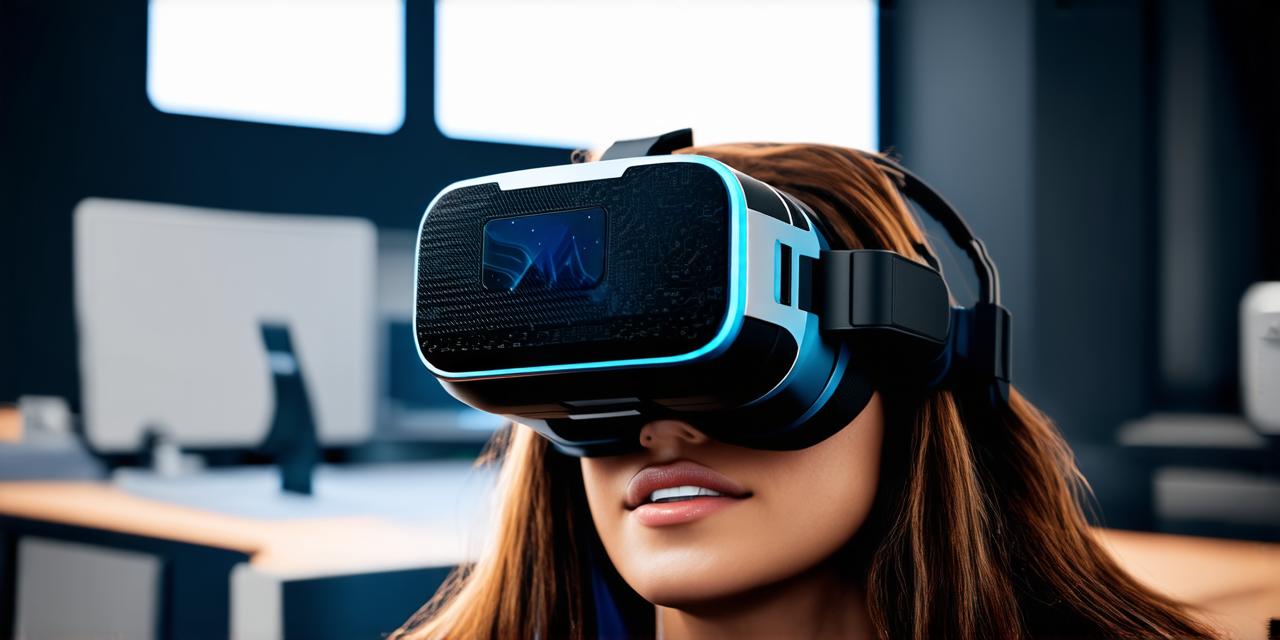Virtual Reality (VR) technology has come a long way since its inception, and it’s now possible to create immersive experiences that can engage audiences in ways traditional media can’t.
1. Define Roles and Responsibilities
Before you begin any project, it’s important to define the roles and responsibilities of each team member. This will ensure that everyone knows what they need to do, and who they can turn to if they need help or advice.
For example, in a VR development project, you may have:
- A
<span>project manager</span>who oversees the entire project, including budgeting, scheduling, and resource allocation. - Developers who are responsible for building the VR application, including programming, graphics, and sound design.
- Designers who create the user interface (UI) and user experience (UX) of the application.
- Content creators who produce the content that will be experienced by the user, such as videos or interactive elements.
2. Establish Clear Communication
Effective communication is key to any successful project, especially in a collaborative environment where multiple people are working together on different aspects of the project.
In VR development, it’s important to establish clear communication channels that everyone can use to share information and collaborate effectively. This might include:
- A
<span>project management tool</span>like Trello or Asana for tracking progress and assigning tasks. - A
<span>messaging platform</span>like Slack or Microsoft Teams for real-time communication. - A
<span>video conferencing tool</span>like Zoom for virtual meetings and brainstorming sessions.
3. Develop a Shared Vision
When working on a collaborative VR project, it’s important to develop a shared vision for what the final product should look like. This will help ensure that everyone is working towards the same goals and that there are no misunderstandings about what the end result should be.
4. Use Agile Development Methodologies
Agile development methodologies are designed to help teams work more efficiently and effectively, especially in a collaborative environment. These methodologies emphasize flexibility, iterative development, and continuous improvement.
For VR development projects, you might use an agile methodology like Scrum or Kanban to manage the project. This will help ensure that everyone is working towards the same goals and that progress is tracked regularly.
5. Use Real-World Examples as Inspiration
One of the best ways to learn about collaborative VR development is by looking at real-world examples of how these principles have been applied in practice. Here are a few examples:
- The team behind "The Room" used agile methodologies and regular communication to develop the application, which has since become one of the most popular VR experiences available.
- The team behind "Job Simulator" used a collaborative approach to develop the game, working together to create a unique and engaging experience that has been well-received by players.
6. Assign Tasks and Responsibilities Based on Team Members’ Strengths
When working on a collaborative VR project, it’s important to assign tasks and responsibilities based on each team member’s strengths.
